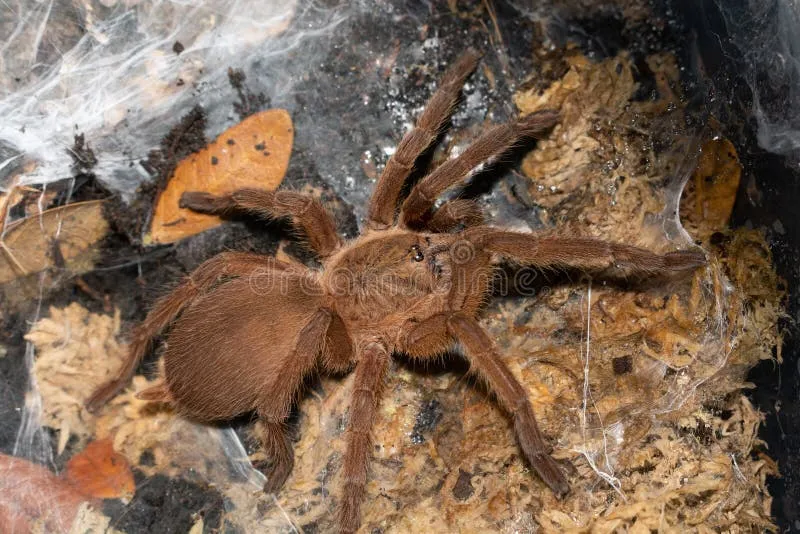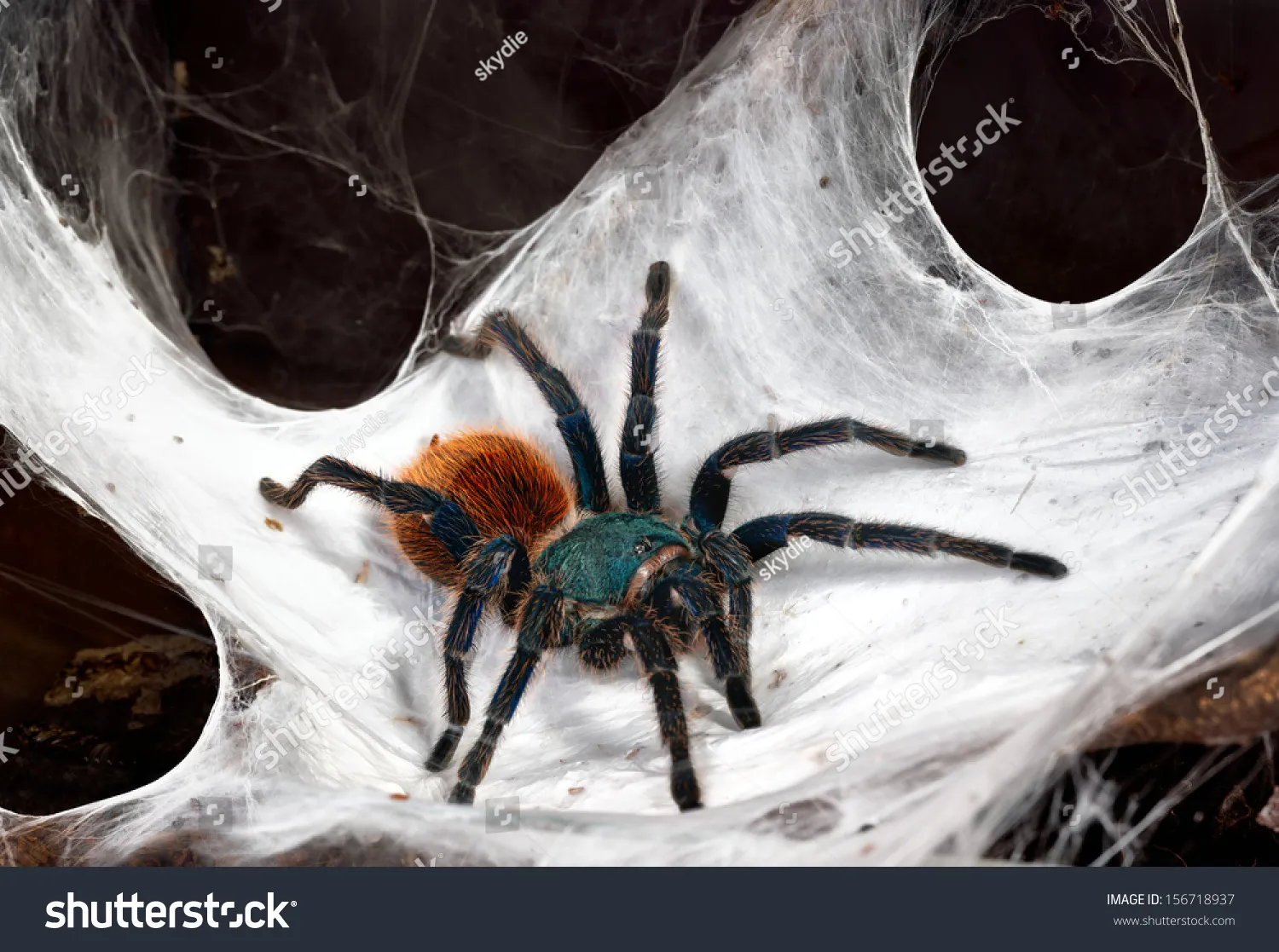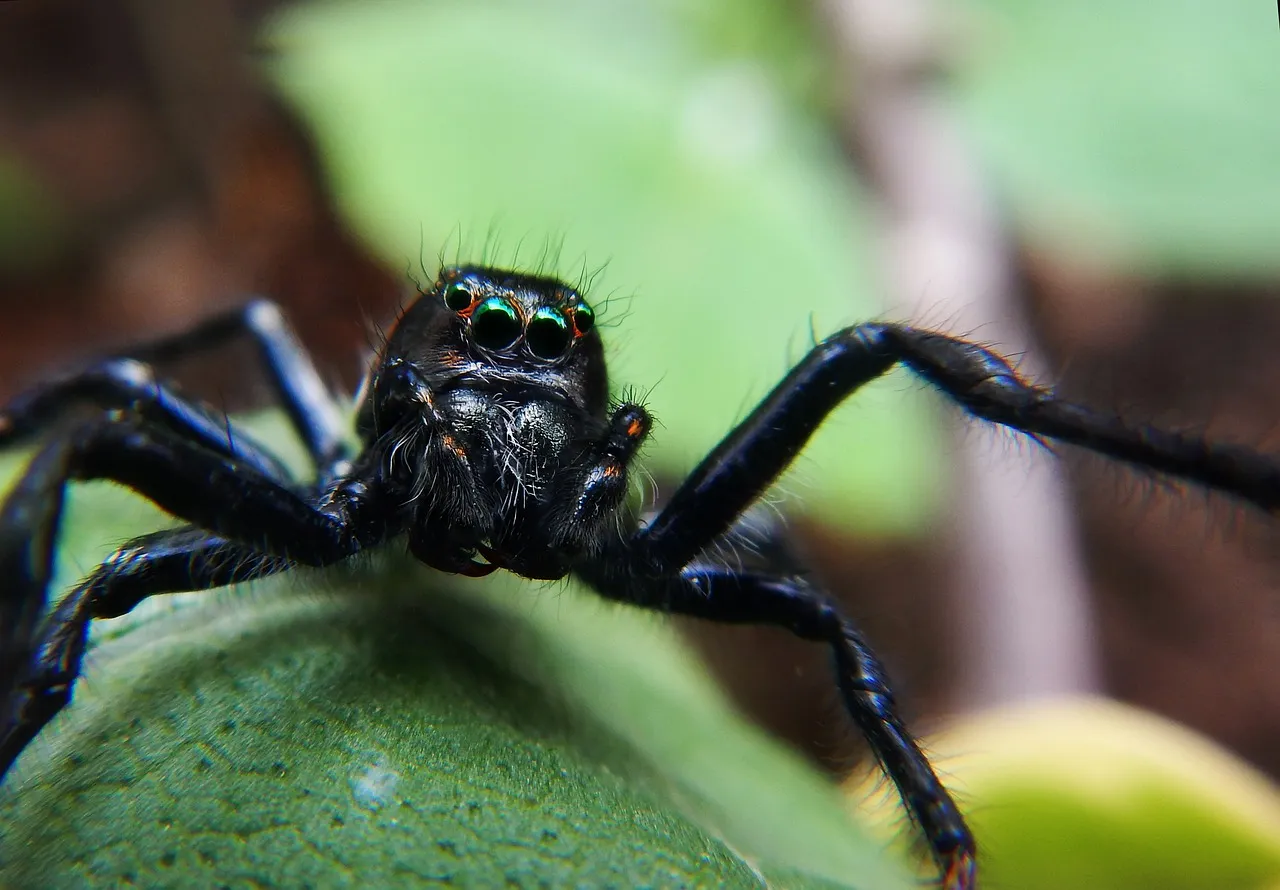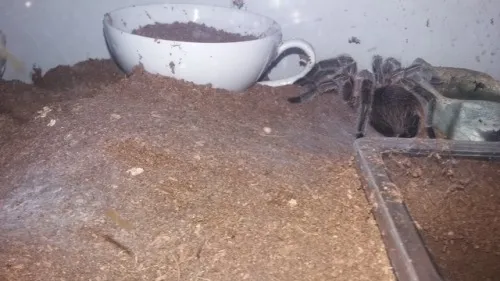Tarantula Web Networks The Beginning
Tarantulas, despite being known for their impressive size and fearsome appearance, are also master architects of intricate web networks, although not in the same way as their web-spinning cousins. These networks, while not always as visually striking as the webs of orb-weavers, play a crucial role in the tarantula’s survival and lifestyle. The evolution of these web networks is a fascinating journey, reflecting the tarantula’s adaptation to its environment and its predatory behavior. This article will delve into the amazing facts about tarantula web networks, exploring their origins, structures, the incredible silk, and their functions, unveiling the secrets behind these often-overlooked marvels of nature.
Early Web Development
The earliest spiders spun silk, but not all used it to build webs in the way we typically envision. Early silk usage may have been more focused on creating draglines for safety, egg sacs for protection, or retreats for shelter. The evolution of web-building is a complex process, with different spider families developing their own unique approaches. Tarantulas are among the spiders that represent an earlier stage in web development. Their web structures, though less elaborate than those of some other spiders, still serve vital functions, highlighting the fundamental importance of silk in spider evolution. Early tarantulas probably used silk for draglines and to create simple retreats.
Evolutionary Origins

The evolutionary origins of tarantula web networks are intertwined with the development of silk-producing spinnerets. As spiders evolved, so did their silk glands, leading to a diversification of silk types and applications. Tarantulas, belonging to the Mygalomorphae infraorder, are considered to be among the more ancient spider lineages. Their web-building behavior reflects this history, with their webs often being less complex than those of the Araneomorphae, which include the majority of web-spinning spiders. The evolutionary path of tarantulas shows a move toward more specialized silk use, leading to the more complex web networks seen today, reflecting their adaptations to their habitats and hunting strategies.
Web Structures
Unlike the intricate, three-dimensional webs of some spiders, tarantulas create webs that are generally simpler in design. These web networks serve multiple purposes, including providing shelter, acting as sensory tools, and aiding in prey capture. The structure of a tarantula’s web can vary depending on the species, habitat, and the tarantula’s needs. Some build elaborate burrows with silk-lined entrances, while others create more basic silk mats or retreats under rocks or in crevices. The form of web structure reflects the tarantula’s lifestyle and its approach to surviving in the wild.
Types of Webs
The types of webs built by tarantulas vary widely depending on the species and their environment. Some construct silk-lined burrows, providing a secure and protected habitat. Others create silk mats on the ground, often under rocks or in crevices, which serve as retreats and aid in prey capture. Some tarantulas build funnel webs, with a silken tube leading to a wider sheet. The specific type of web reflects the tarantula’s behavior and the challenges of its surroundings. The variations in web structure indicate the diverse ways that these spiders have adapted to their ecosystems.
Web Shapes

The shape of a tarantula’s web is often dictated by its purpose and the environment. Burrow webs may be cylindrical or flask-shaped, providing a snug and secure home. Ground webs, used for retreats, may be flat or slightly domed. The shape of the web often complements the tarantula’s lifestyle. These structural features are not just aesthetic; they play a critical role in the web’s functionality, from providing shelter to detecting vibrations from potential prey. The shapes are a product of evolutionary adaptations, showing the tarantulas’ survival needs.
Tarantula Silk
Tarantula silk is a remarkable natural material, offering an impressive combination of strength, flexibility, and elasticity. This silk is not just for building webs; it also serves many other essential functions in the tarantula’s life cycle. The unique properties of tarantula silk have made it a subject of intense scientific interest, with researchers studying its potential applications in various fields, including medicine and materials science. The silk’s remarkable features continue to inspire and provide clues about the tarantula’s incredible survival skills.
Silk Production
Tarantulas produce silk from specialized glands called spinnerets, located at the end of their abdomen. The silk is produced as a liquid protein that solidifies upon contact with air. Different types of silk are produced by different glands, each with unique properties and purposes. The process of silk production is a complex biological process, with the spider meticulously controlling the composition and properties of the silk to meet its needs. The ability to produce a variety of silks gives these spiders versatility in their environment.
Silk Composition

Tarantula silk is primarily composed of proteins, specifically spidroins, which give it its strength and elasticity. The composition of the silk varies depending on the type of silk and the specific spider species. Researchers have found that the silk’s unique structure, including the arrangement of amino acids, contributes to its remarkable mechanical properties. Understanding the silk’s composition is vital for comprehending its function and replicating it for potential uses. The strong and resilient features of the silk have made it a focus of scientific studies.
Silk Strength
Tarantula silk is renowned for its impressive strength-to-weight ratio, making it one of the strongest natural materials. The silk’s tensile strength can rival that of high-grade steel, while also being incredibly lightweight. This combination of strength and flexibility allows tarantulas to create webs and retreats that can withstand significant forces. This is particularly important for tarantulas, which often live in environments where they face potential threats from predators and the elements. This remarkable strength makes tarantula silk stand out in the natural world.
Web Functionality
The web networks of tarantulas serve a multitude of functions, going far beyond simple shelter. These structures are essential tools that assist in hunting, provide protection, and allow the spiders to navigate and perceive their environment. The specific ways in which tarantulas use their webs vary, reflecting the diversity of their habitats and behaviors. From detecting vibrations to creating secure retreats, the web networks demonstrate these spiders’ remarkable adaptability and survival skills.
Prey Capture

While tarantulas don’t use their webs to actively ensnare prey in the same way as some web-spinning spiders, their web networks still aid in prey capture. The silk mats or retreats they create serve as a base for ambushing prey. Tarantulas can detect vibrations in the silk, alerting them to the presence of potential meals. When prey walks across the silk, the tarantula is ready to pounce. This helps them catch insects and other small animals.
Web as a Sensory Tool
Tarantula web networks act as sophisticated sensory tools, enabling these spiders to perceive their environment. The silk is extremely sensitive to vibrations. Tarantulas use the web to detect the presence of predators, prey, or even changes in the weather. This sensory capability gives them a significant advantage in survival, as it allows them to react quickly to threats and opportunities. This sensory capability is crucial for the tarantula’s survival.
Web as Shelter
Webs provide essential shelter for tarantulas, protecting them from the elements and potential predators. Silk-lined burrows offer a secure retreat, providing a stable microclimate and a safe place to molt and lay eggs. The shelter of the web is essential for survival. They also use the webs for protection during vulnerable stages of their life cycle. The shelter afforded by the web is critical for the tarantula’s survival and well-being.
Web Maintenance

Maintaining their web networks is essential for tarantulas, as it ensures the web’s functionality and effectiveness. This involves a range of behaviors, from the initial construction to ongoing repairs and recycling. Tarantulas have evolved various strategies to keep their web structures in optimal condition. This care is necessary for their survival.
Web Building Process
The web-building process in tarantulas varies depending on the species, but typically involves the spider using its spinnerets to extrude silk and attach it to the surrounding substrate. The spider will often begin by creating a dragline, which serves as an anchor. The creation of a web is a methodical process, with the spider carefully positioning each strand of silk to achieve the desired structure. This process shows the tarantula’s amazing skills.
Web Repair
Tarantulas regularly repair their webs to maintain their integrity and functionality. Damage to the web, whether from environmental factors or other causes, is quickly addressed. The spider will carefully mend broken strands or add new silk to reinforce the structure. This web repair demonstrates the spider’s commitment to its home. The spider’s ability to make these repairs ensures the web’s continued effectiveness.
Web Recycling

Tarantulas don’t always discard old or damaged silk. They often recycle it, consuming the silk to reclaim valuable resources. This behavior minimizes waste and conserves energy. The recycling behavior is an efficient use of resources, conserving the tarantula’s valuable materials. This recycling ability is another example of the tarantula’s adaptability.
Interesting Tarantula Web Facts
Beyond the basic functions of shelter and prey capture, there are several fascinating facts about tarantula web networks that highlight their sophistication and importance. These facts add to the intrigue of these creatures.
Webs and the Environment
The structure of tarantula webs can reflect the environmental conditions of their habitats. For example, in areas with high humidity, webs may be more extensive and elaborate to help the tarantula maintain its water balance. Conversely, in dry environments, webs may be simpler and more compact to conserve moisture. The webs also play a role in maintaining the local environment. The tarantula webs are closely linked with their surroundings.
Webs and Research
Tarantula silk and web networks are of great interest to scientists and researchers. The unique properties of the silk, such as its strength and flexibility, have led to research into potential applications in materials science, medicine, and engineering. The study of tarantula webs also provides insight into spider behavior, evolution, and adaptation. The research on these webs continues to yield new findings.
Conclusion
Tarantula web networks, while not as visually striking as those of some other spiders, are a testament to the power of adaptation and the amazing capabilities of these fascinating arachnids. From their humble beginnings to their current role in the tarantula’s survival, their webs are a crucial part of their lives. The next time you encounter a tarantula web network, take a moment to appreciate the intricate work of these creatures and the role their webs play in their world. The amazing facts about tarantula web networks should give a greater appreciation for the complex lives of these spiders.
